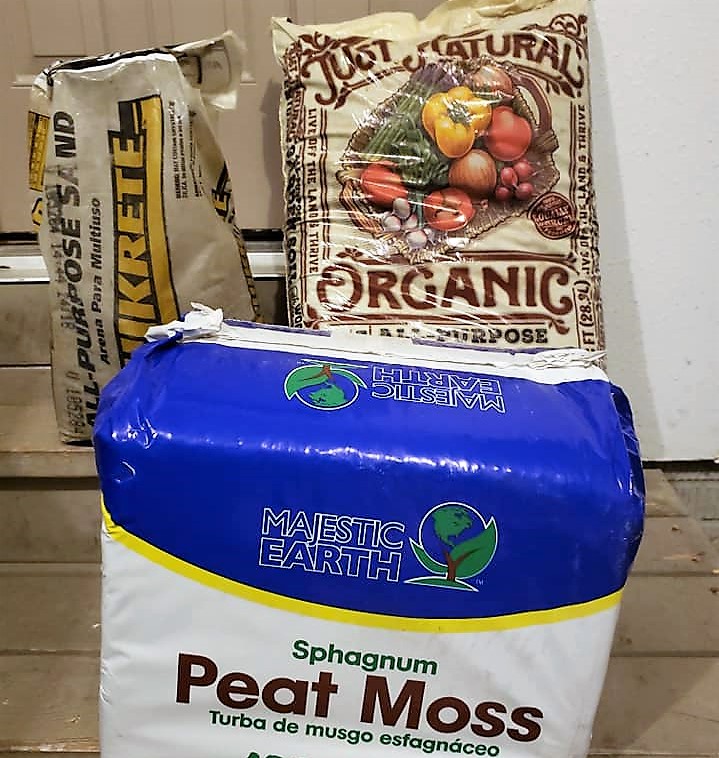A naturalistic substrate, even those including play sand, can be used for animals that burrow. Owners should, however, provide an area of tile, smooth rock, or carpet for offering food to help reduce the risk of accidental ingestion of the substrate (Wilkinson, 2015). It is best to provide softer substrates, rather than sharp wood chips, because it is possible for tortoises to be cut or irritated by sharply-edged substrate. A good mix of substrates can be ~40% coconut coir, ~40% organic soil (no particles of perlite or fertilizers), and ~20% play sand. We find the mixes to be best for burrowing or nest construction, because the substrate will better maintain its shape.
Yes it is okay to use a bit of sand. Sand gets a bad reputation for causing respiratory issues and causing impaction. Using 100% sand is of course inappropriate for these reasons, but mixes are okay and here’s why: Even coconut coir or plain soil can cause respiratory issues if allowed to become dry and dusty. Therefore, all substrate should be kept somewhat moist. Also, any substrate can cause impaction if eaten in large quantities. Therefore, all substrates should be kept away from the feeding area (we use a reptile carpet in the feeding area).
This website has great advice and info about different substrates if you want to read more: https://startortoises.net/substrates.html


References:
Wilkinson, S.L. (2015) Reptile Wellness Management. Vet Clin Exot Anim, 18: 281-304.